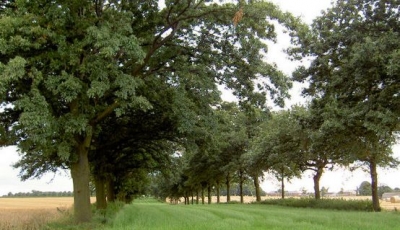How do plants drink?

All living things need water. Plants drink by sucking up water with their roots. Water travels up the stem to the leaves. If a plant does not have water the stem will go floppy. The leaves and stem will dry out and the plant will die.

Plants need a little water, but not too much.
If plants do not have water they dry up and die. Indoor plants need to be watered, but too much water can be bad for them. If they are too wet the plants will rot. A plant’s roots have thin ‘hairs’ at the end of them. It is these root hairs that absorb water. The main roots then carry the water up to the plant.

In summer, people may need to water plants that grow outside.
Plants lose water through their leaves. When the weather is warm and dry, plants lose more water than usual. They need to drink extra water to stay alive. If there is too little rain, gardeners need to water their plants.

See how plants drink! The water travels up the stem to the leaves.
Put a few drops of food colouring into a glass of water. Ask an adult to cut a stick of celery. Put it in the coloured water. Look at the celery after 30 minutes. Does the coloured water move up the stem toward the leaves? Cut the celery in two. Can you see the tubes holding the water?














































